Home>Furniture>Bedroom Furniture>Linen vs Cotton: Which Make Better Sheets?
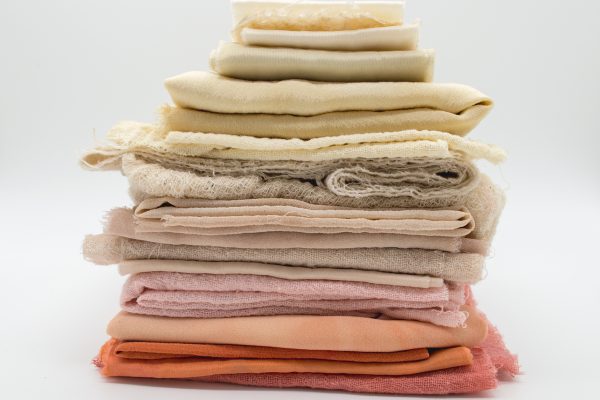
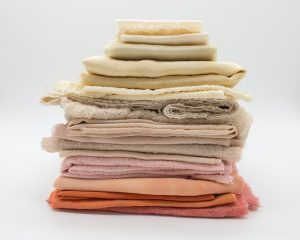
Bedroom Furniture
Linen vs Cotton: Which Make Better Sheets?
Modified: December 6, 2023
Torn between linen and cotton for your bedding? Read our linen vs cotton guide to make the right choice and learn which fabric is better for you!
(Many of the links in this article redirect to a specific reviewed product. Your purchase of these products through affiliate links helps to generate commission for Storables.com, at no extra cost. Learn more)
Choosing and comparing linen vs cotton as bedding material can be tough. Both popular textiles, linen, and cotton are comfortable, durable, and stylish to use. However, there will always be differences and qualities that will ultimately make one superior to the other. So, what distinguishes them, and which one is the better choice for your bedding set? Read on to find out!
What is Linen?
To weigh and decide what is best for you, you must first understand the histories, similarities, and differences between linen and cotton.
Read more: Bamboo vs Cotton Sheets: Which is Better?
Linen is a natural fabric
Linen is a natural textile or fabric made from flax, a straw-like plant that is known for its durability and for being low-maintenance. The process of turning flax into linen starts with harvesting the plants for their stalks when they reach maturity. The stalks are then processed into thin fibers, which are then spun into yarn and woven together to form the fabric.
Flax is commonly grown in cooler-climate European countries such as France, Belgium, Italy, Ireland, and the Netherlands. China is the largest flax producer and exporter in Asia and other non-European countries, as well as the largest buyer of raw flax for processing (whether for linen, linseed, or flaxseed production). Flax is also grown in the United States and Canada, albeit for flaxseed oil rather than linen production.
Linen is a widely-used product
Linen has numerous applications in our daily lives. It’s used for upholstery, drapery and as curtains, towels, and, of course, mattress toppers and bedsheets. Linen is one of the most durable natural fabrics in the world. And it has been used linen as a textile since as early as the Ice Age. It also was a form of currency in ancient Egypt.
With linen being a versatile, commonly-used, and long-trusted fabric, the term “linens” has become the norm when referring to any type of apparel or household item, even if they are not made of linen fabric!
Types of Linen Fabric
Linen is categorized primarily based on the weave or pattern of the fibers used to create it, such as the following.
Plain-Woven Linen
Plain-woven linen is a type of linen fabric with loose weaves, and sometimes also a striped or checkered pattern. This makes it highly absorbent, soft, and ideal to use for cleaning purposes. It is typically used as tea towels, dishcloths, and for wiping glassware, which is why it is also being referred to as “glass toweling”.
Aside from being used for cleaning, plain-woven linen is also popular as curtains, lampshades, aprons, handkerchiefs, and even lingerie!
Loose-Woven Linen Fabric
Loosely woven linen, as the name implies, is made with loose weaves similar to plain weave linen, but with looser, more hollow fibers. It is also extremely absorbent, making it ideal for use as reusable diapers and table napkins. Loose woven linen is sometimes blended with cotton, especially when used as clothing and bath towels.
Sheeting Linen
Another type of linen fabric is sheeting linen. Unlike the two previously mentioned types, sheeting linen typically has closely woven fibers. Thus, it has a higher thread count, is heavier, and its surface looks and feels a little untextured and uneven compared to the other two.
This type of linen is also commonly used for beddings such as pillowcases, bed sheets, blankets, and duvet covers, as shown in the three products below.
Sheeting linen is also used as clothing, both casually and for special occasions, such as dresses and suits.
Damask Linen
If you’re looking for the most ornate and elegant type of linen, damask is the right one for you! Though not often used as bedding, damask linen is considered the smoothest type of linen and is mainly used for tablecloths and table runners.
Damask is woven using a Jacquard Loom, a device that specializes in creating complex and intricate patterns on textiles. The fibers are woven flat and reversible, giving the surface of damask linen a fine and smooth texture. Damask is also available in a variety of colors and patterns, some of which are large floral patterns and geometric shapes. Moreover, it is also used as an upholstery fabric for dresses, jackets, and waistcoats due to its delicate and satiny, shiny appearance.
Linen Blends
A discussion of linen types would be incomplete without mentioning linen blends. These are a type of linen that is made up of a variety of other fabrics, both synthetic and natural, such as cotton, rayon, silk, and polyester. Simply put, these items, which range from clothing to bedding, are not made entirely of linen. These types of products are a good idea if you want a product that possesses both the great qualities of linen and other fabrics.
For instance, linen-rayon blends and linen-silk blends are both a great choice for garments, drapery, and beddings as rayon and silks add sheen. Likewise, linen-polyester blends are an excellent option if you want a more affordable fabric with longer-lasting color on its surface vs luxury cotton sheets.
Linen-cotton blends are also a fantastic choice because linen is combined with the great qualities of cotton, which we’ll discuss in the section below!
What is Cotton?
So, what exactly is cotton? How does it differ from and compare to linen in terms of production and use?
Cotton is a natural fabric
Cotton, like linen, is a natural fabric. It comes from cotton plants, specifically its seed pods, which contain ball-shaped clumps and masses of white fibers. These fibers are spun into yarn, which is then woven into fabric.
Unlike linen however, cotton plants are typically grown and cultivated in warmer regions and countries like Greece, Turkey, India, China, Syria, Pakistan, and other areas in the US. Its production and cultivation are also thought to have begun at least 7,000 years ago, making it younger and newer than linen production.
Cotton is a versatile fabric
Cotton does not stray far from linen when it comes to its usage. It is considered one of the most popular types of textiles in the world and is being used in almost all industries.
Cotton has always been a popular fabric choice. It most likely exists in your favorite clothes, favorite couch, rugs, bags, shoes, bed sheets, pillowcases, pillow inserts, mattresses, and even your pet’s beds and toys!
Types of Cotton Fabric
Cotton is the most widely used fabric in the world, so it is natural that it comes in a plethora of types and varieties. For this reason, we are focusing on the main cotton types based only on their weave pattern and staple length.
The staple length refers to the length of the fibers used to weave the cotton into a sheet; the longer the fibers, the higher the quality and softer the sheets. Cotton is typically available in three lengths: short-staple, long-staple, and extra-long staple.
Short staple sheets are typically 1/8 to 1 inches thick and have a rough texture. Long-staple sheets, on the other hand, have a minimum thickness of 1/8 inch and are smoother than short-staple sheets. Extra-long staple sheets are the most luxurious and softest type of cotton, measuring between 1-3/8 and 2 inches in length.
Read more: What Is Quilted Cotton
Egyptian Cotton
Egyptian cotton is the highest quality cotton available on the market today. This cotton is extra-long-staple, which means it has the longest cotton fibers of any cotton type. It also has the smoothest surface, is wrinkle-resistant, and is durable, making it an ideal material for ensuring a peaceful sleep when used for bedding.
Furthermore, Egyptian cotton is commonly used for clothing, upholstery, and slipcovers. It is also quite pricey but is a worthwhile investment, thanks to its high quality and the utmost comfort it can provide.
Upland Cotton
Upland cotton is quite the opposite of Egyptian cotton. It is short-staple cotton with a rough surface that is considered the most basic and common type. Though not as supple and luxurious as Egyptian cotton, this type is the most affordable and is ideal for everyday clothing and household items such as cleaning cloths, curtains, and bedsheets.
Pima Cotton
Pima cotton, on the other hand, is another extra-long-staple cotton that closely follows Egyptian cotton in terms of durability and softness. Using it for your bed sheets means that you’ll be able to enjoy its comfortable and smooth surface at a lower cost!
In the US, it is commonly referred to as Supima, which is the trademark name for American Pima cotton. Aside from beddings, Pima cotton is also used for undergarments as well as other types of clothing like blouses, dresses, tuxedos, hoodies, towels, and handkerchiefs.
Flannel Cotton
Apart from determining which cotton sheets are best for you, you can also select a cotton fabric based on the type of weave it has. A good example of this is flannel cotton, which is distinguished by its plain, twill weave. Twill weave pattern uses two upper and two lower fibers that are woven together to create a diagonal design.
Flannel cotton, with its thicker and fuzzier fibers, is ideal to use during winter. It is also more commonly used in flannel button-ups. However, as a bedding set, flannel tends to trap air due to its weave and may cause overheating.
Read more: How To Store Cotton Candy
Jersey-Knit Cotton
You’ve probably guessed it already, but jersey-knit cotton sheets have the same feel and durability as your favorite jersey cotton sportswear! This type of cotton is knitted, which means that it is made from a continuous piece of yarn that is looped over itself, giving the fabric a stretchy and soft feel. Hence, jersey knit is both easy to clean and durable.
Jersey knit cotton is also available in cotton blends, which means that some products with this design are made from other types of fabric. It is similar to linen blends in that it is made up of cotton as well as organic and synthetic fabrics such as bamboo, polyester, and rayon. Whether made of pure cotton or cotton blends, jersey-knit sheets are a great choice as your bedding because they are comfortable and pliable.
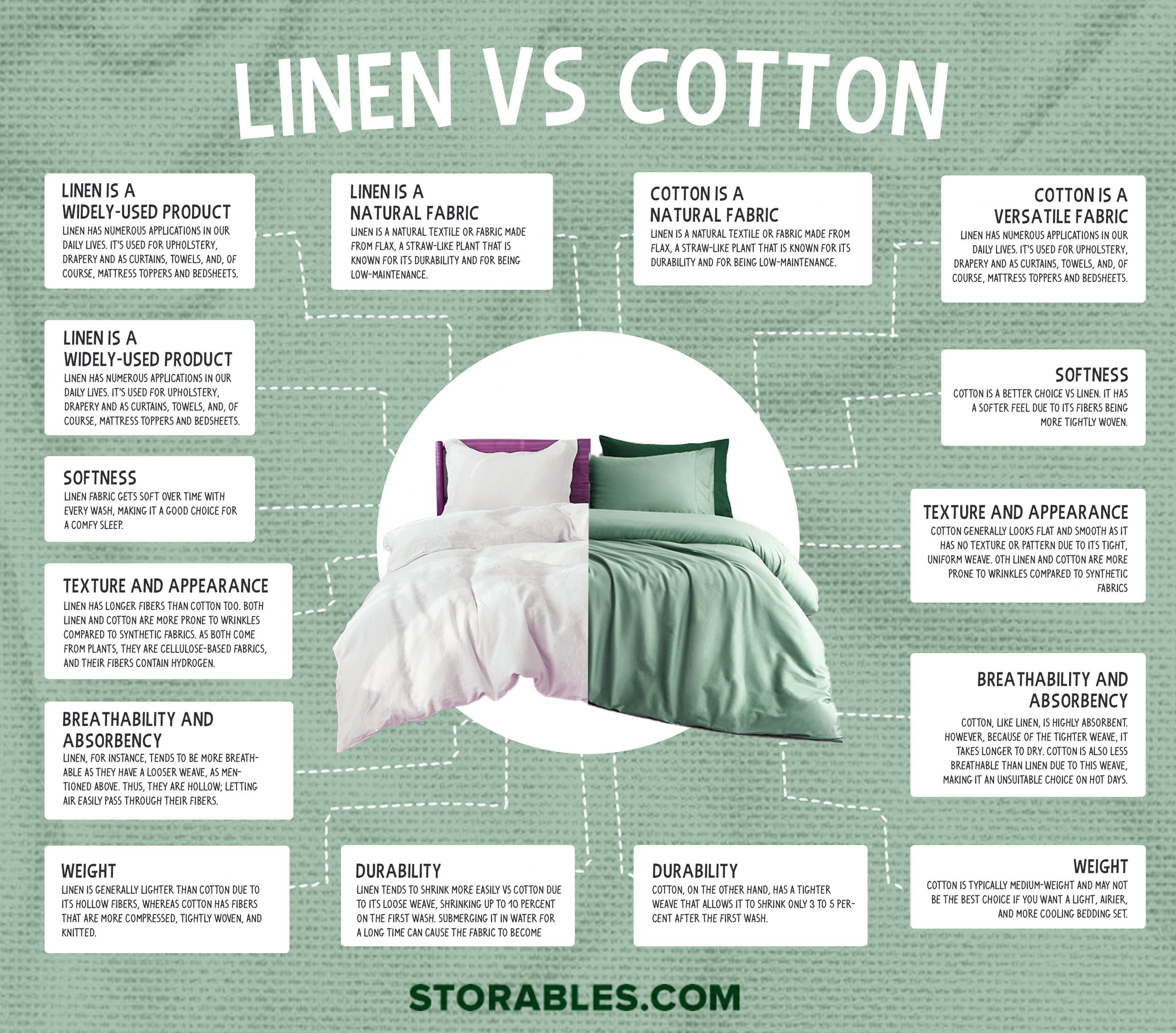
Linen vs Cotton: What Are Their Differences?
We are now aware that linen and cotton share similar qualities, but what about their differences? Let the comparisons below help you decide your ultimate textile choice!
Softness
In terms of softness, cotton is a better choice vs linen. It has a softer feel due to its fibers being more tightly woven. Linen, on the other hand, generally tends to be stiff and a bit rough on the skin. Despite this, linen fabric gets soft over time with every wash, making it a good choice for a comfy sleep.
Texture and Appearance
Texture and appeal-wise, linen’s looser weave gives it depth and makes it look more interesting vs cotton. Linen has longer fibers than cotton too. Cotton generally looks flat and smooth as it has no texture or pattern due to its tight, uniform weave.
Additionally, both linen and cotton are more prone to wrinkles compared to synthetic fabrics. As both come from plants, they are cellulose-based fabrics, and their fibers contain hydrogen. These hydrogen particles form a bond, which aids in the fabric’s shape retention. When the fabric gets exposed to water or sweat, these hydrogen bonds break and shift into new positions, causing the fabric to wrinkle.
Between linen and cotton though, linen wrinkles more as its fibers are not elastic, unlike cotton. Thus, linen sheets require frequent ironing if you want them to look neat.
Read also: 10 Best Cotton Pillowcase for 2024
Breathability and Absorbency
Like many naturally made fabrics, both linen and cotton fare well due to them being breathable and having great absorbency capacities. Still, one has quite the edge when it comes to these two factors.
Linen, for instance, tends to be more breathable as they have a looser weave, as mentioned above. Thus, they are hollow; letting air easily pass through their fibers. This also means that it has a great moisture-wicking capacity and is therefore easy to dry and ideal to use as bedding.
Cotton, like linen, is highly absorbent. However, because of the tighter weave, it takes longer to dry. Cotton is also less breathable than linen due to this weave, making it an unsuitable choice on hot days. Denim and canvas are two examples of these.
Thermoregulating Ability
Although linen and cotton do not have the same level of breathability and water absorbency, they are both commonly used in humid weather. Both can retain just the right amount of body heat (without overheating), which is essential during the cold, windy season.
Cotton, on the other hand, is better suited for winter because its fibers are not as hollow as linens. As a result, it can provide more warmth but is less comfortable in hot weather than linen.
Weight
When comparing linen vs cotton in terms of weight, it is essential to note that this factor is determined by a variety of factors, including thread count, size, and fabric length. The higher the thread count and the larger the overall size of the fabric, the heavier it is.
While this is true, linen is generally lighter than cotton due to its hollow fibers, whereas cotton has fibers that are more compressed, tightly woven, and knitted. Therefore, cotton is typically medium-weight and may not be the best choice if you want a light, airier, and more cooling bedding set.
Health Properties
Not quite sure if both linen and cotton are safe for your skin? Don’t worry because both are hypoallergenic! Their natural properties make them gentle on the skin and free of the harmful chemicals found in synthetic textiles.
Both are breathable and moisture-wicking, reducing the possibility of harmful germs adhering to and building upon their surfaces. In fact, cotton and linen are frequently used as the primary fabrics in hypoallergenic silver-infused bedding sets, which are excellent for reducing acne and other skin allergies. Both can also be used as a non-toxic swaddle blanket for your little one!
If you have sensitive skin or if your skin becomes easily irritated when exposed to a slightly crisp and coarse surface, cotton sheets are the way to go. Alternatively, linen sheets are also a good choice because their loose weave ensures that dirt and dust are not easily retained on their surfaces.
Read more: Blinds vs Curtains: Which Is Better?
Durability
Another difference that needs to be assessed when comparing linen vs cotton is their durability. Can linen or cotton last for a long time? The answer is yes! Both are made from organic materials that are naturally durable and strong compared to synthetic ones.
Despite that, it is essential to note that both cotton and linen are prone to shrinking especially when washed improperly. An example of this is when both fabrics are exposed to high temperatures and when submerged in the water longer than necessary.
Linen tends to shrink more easily vs cotton due to its loose weave, shrinking up to 10 percent on the first wash. Submerging it in water for a long time can cause the fabric to become flimsy or too rigid as well. Cotton, on the other hand, has a tighter weave that allows it to shrink only 3 to 5 percent after the first wash.
With both being prone to shrinkage, read the label or follow the manufacturer’s washing instructions to ensure that you can enjoy them for a long time! You can also select linen and cotton sheets that have been pre-washed or pre-shrunk. These sheets have more condensed fabric so they shrink less when washed or dried
Color and Design
The aesthetic quality of bedding sheets should also come into play when comparing linen vs cotton sheets. After all, this is what draws you in and may also help to improve the mood in your room. Both linen and cotton are available in many types like the ones we mentioned above, which means that you’ll have lots of stylish options to choose from.
Even so, cotton sheets have more color options vs linen sheets – from inviting and lively warm hues to calming cool and neutral ones – as they are more widely produced than linen. Linen sheets are mainly produced in muted tones, which although make them ideal for Scandinavian and Boho-inspired homes, limits your options if you prefer more warm, preppy colors.
Cost
Comparing linen vs cotton will not be complete without discussing their prices. Generally, both linen and cotton come at reasonable prices and sometimes can be as affordable as other organic textiles like bamboo, silk, and hemp, depending on their types and designs.
Despite this, linen is significantly more expensive than cotton. One reason for this is that, in comparison to cotton, linen has become less readily available on the market over time. This is due to the laborious nature of the linen production and manufacturing process.
As previously stated, flax is grown in cold, moist areas and then undergoes a lengthy process of converting the stalks into fine, thin fibers that are eventually sewn into yarn and woven together to form the linen fabric. This procedure also includes the retting method. Retting is the process of removing the outer, more rigid part of the stalk to expose the inner, sturdier part. This means that the flax’s leaves, flowers, and seeds must also be removed. Following that, the fibers are stored for an extended period of time to soften them.
Ultimately, the weaving process must be slow to prevent the fibers from breaking. All these methods demonstrate how time-consuming the manufacturing process is, which is estimated to last at least 90 to 100 days!
Cotton, on the other hand, has a simpler and faster production process. As it is the most widely produced fabric, the process has become more rapid with the assistance of various manufacturing equipment and larger manpower to meet the needs of consumers. In turn, there is a big supply of cotton, with lots of cotton companies and brands competing to make the price cheaper and more affordable than linen.
Sustainability
When it comes to sustainability, you can never go wrong with either linen or cotton as your choice. Both are made from natural materials that make them more eco-friendly and biodegradable. Nonetheless, linen is more sustainable vs cotton.
The main difference can be seen in the growing and production processes. The flax plant, for example, requires fewer resources to grow. This is because flax is a hardy plant, which means it can survive and thrive with little water and even in poor soil. With that, flax does not necessarily need to be well-maintained using pesticides and fertilizer. Flax can also be produced and turned into linen fibers without chemical use.
Cotton, in contrast, is a resource-hungry crop. It needs to be properly irrigated for it to grow healthy. In addition to that, cotton does not do well with insects and needs the constant help of pesticides. Growing cotton also necessitates a large amount of land to sustain and meet the ever-increasing demands of consumers.
Read more: Juicer vs Blender: What’s The Difference?
Linen vs Cotton Sheets: How to Clean and Maintain Them?
While linen and cotton are both naturally durable, they both require proper maintenance and care to last a long time. Luckily, both fabrics are generally simple to clean. Just make sure to follow the instructions below.
How to Remove Stains From Both Linen and Cotton Sheets
Having stained and dirty beddings is almost unavoidable, especially if we have children and pets in the house. However, there is no need to worry because removing stains with the spot-cleaning method is simple. To get started, you’ll need the following items.
Once you’ve gathered all of these items, the first thing you’ll need to do is sprinkle the affected area with just the right amount of baking soda. Allow the baking soda to absorb into the fabric for a few minutes, or up to an hour. Add just a few drops of white vinegar over the stain and let it soak. Both baking soda and vinegar act as a natural cleaning solution with their acid content, which is effective to break down stains and leave the fabric smelling fresh.
After the baking soda and vinegar have settled, blot the stain with an absorbent paper towel. Gently rub in a circular motion until the stain is removed. To lessen the risk of stains on your bed sheets, pillowcases, and blankets, you can also use sturdy storage that will keep them tidy and organized!
How to Get Rid of Foul Odor From Both Linen and Cotton Sheets
Aside from stains, a foul and unpleasant odor pervading our beddings is an unavoidable occurrence. Sweat, dirt, and even a lack of proper ventilation can make linen and cotton sheets smell musty. You can easily get rid of this by washing your sheets on a regular basis with a mild detergent and, of course, by soaking them in both baking soda and vinegar. These two items work as natural deodorizers and will have your sheets smelling as fresh as pine in no time.
Still, you can make a personalized linen spray to give your beddings an instant rejuvenating and cleaner scent! All you need for this is a small spray bottle, water, a few drops of witch hazel, and your favorite essential oil!
Begin by combining about 1 cup of water with about 3 ounces of witch hazel in a mixing bowl or glass. Then, add 30 drops of your favorite essential oil. After that, pour the mixture into the spray bottle. Shake it well to thoroughly combine all of the ingredients, then label the linen spray and use it whenever you want!
How to Make Both Linen and Cotton Sheets Soft
Cotton is naturally soft, except for some of its variants, such as denim and buckram, which both have stiff and rigid surfaces. Despite this, cotton sheets can be a little scratchy when new, which is why washing can help soften them. The same is true for linen. Though linen sheets are a little crisper than cotton sheets, washing them will eventually soften and make them more comfortable to use.
But what if you want your new cotton sheets to feel smoother right away, or your linen to be soft? There’s no need to wait because you can make your sheets fluffier and more relaxing to use by following these simple steps:
Set and wash your linen or cotton sheets in the washing machine on the gentle cycle with only cool to cold water, using a mild detergent. Add baking soda or laundry booster soda to the water for better cleaning. These products also help regulate and balance the pH level of the water, which will in turn soften the fabric.
After washing, place the sheets in the dryer on low heat and add about 2 to 3 dryer balls. These dryer balls are a safer, more effective alternative to chemical fabric softeners, and they help speed up the drying and softening process. This is possible because the dryer balls prevent the sheets from clumping together inside the dryer, allowing hot air to circulate freely and evenly through the fabrics.
To sum it all up, both linen and cotton are excellent choices for bedding because they both have excellent qualities and are unquestionably comfortable to use. They are popular, versatile, and reliable for everyday use. Now that you have a better understanding of the two, particularly the differences in cost, durability, and texture, you can choose which is best for you!
Was this page helpful?
At Storables.com, we guarantee accurate and reliable information. Our content, validated by Expert Board Contributors, is crafted following stringent Editorial Policies. We're committed to providing you with well-researched, expert-backed insights for all your informational needs.
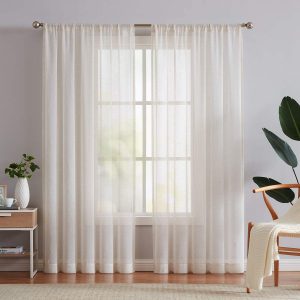
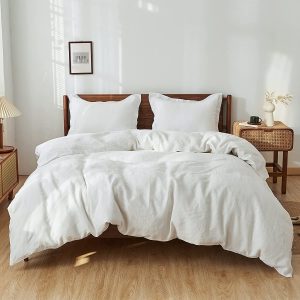
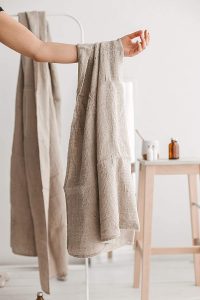
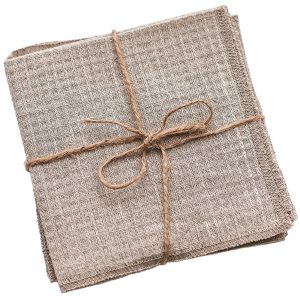
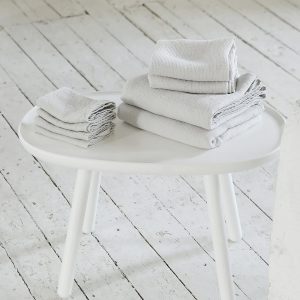
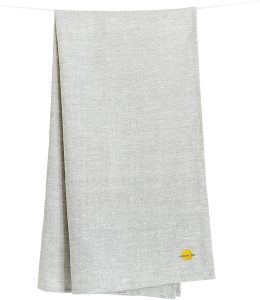
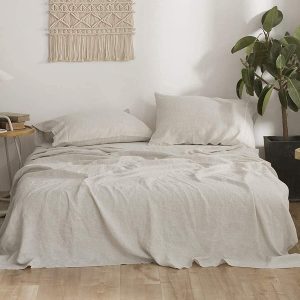
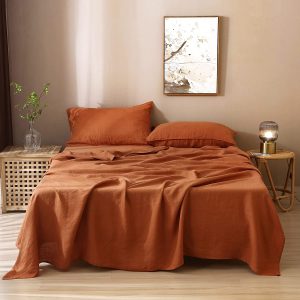
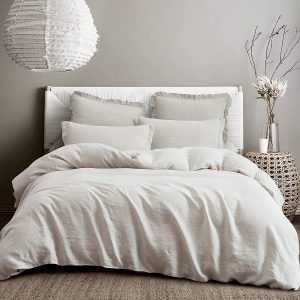
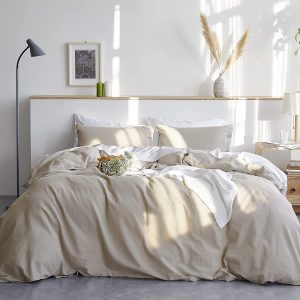
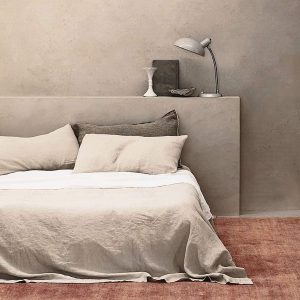
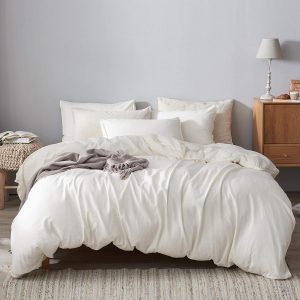
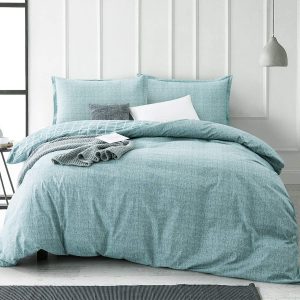
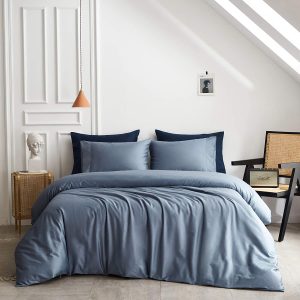
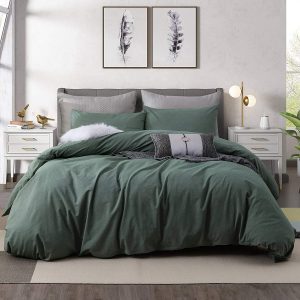
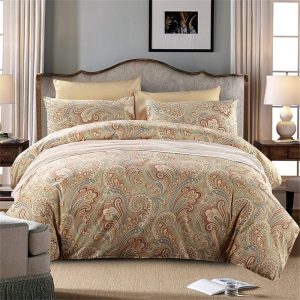
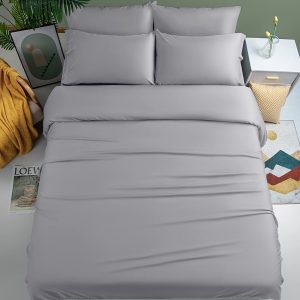
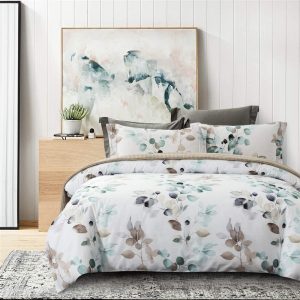
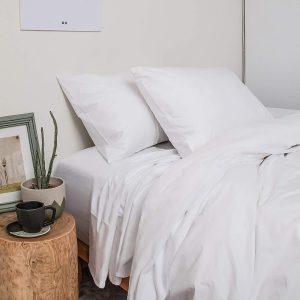
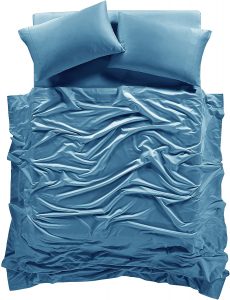
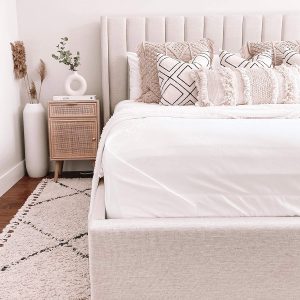
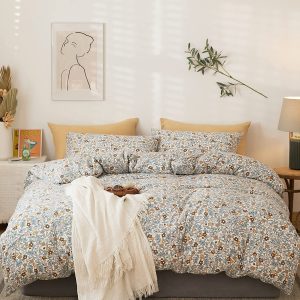
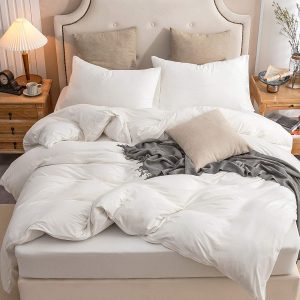
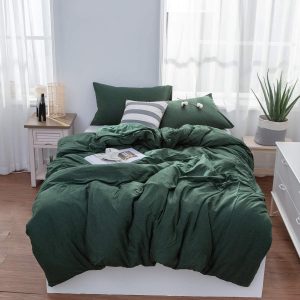
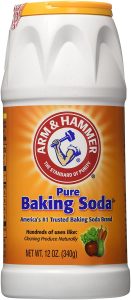
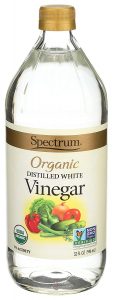
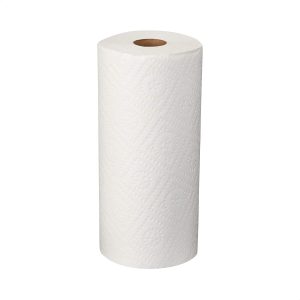
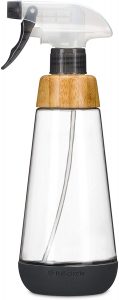
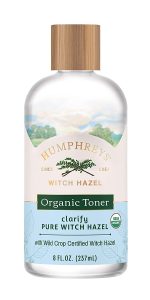
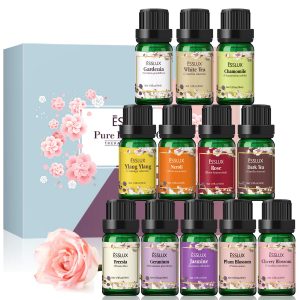
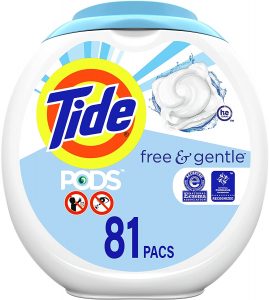
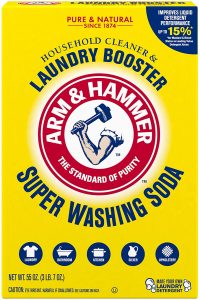
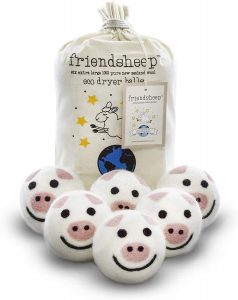
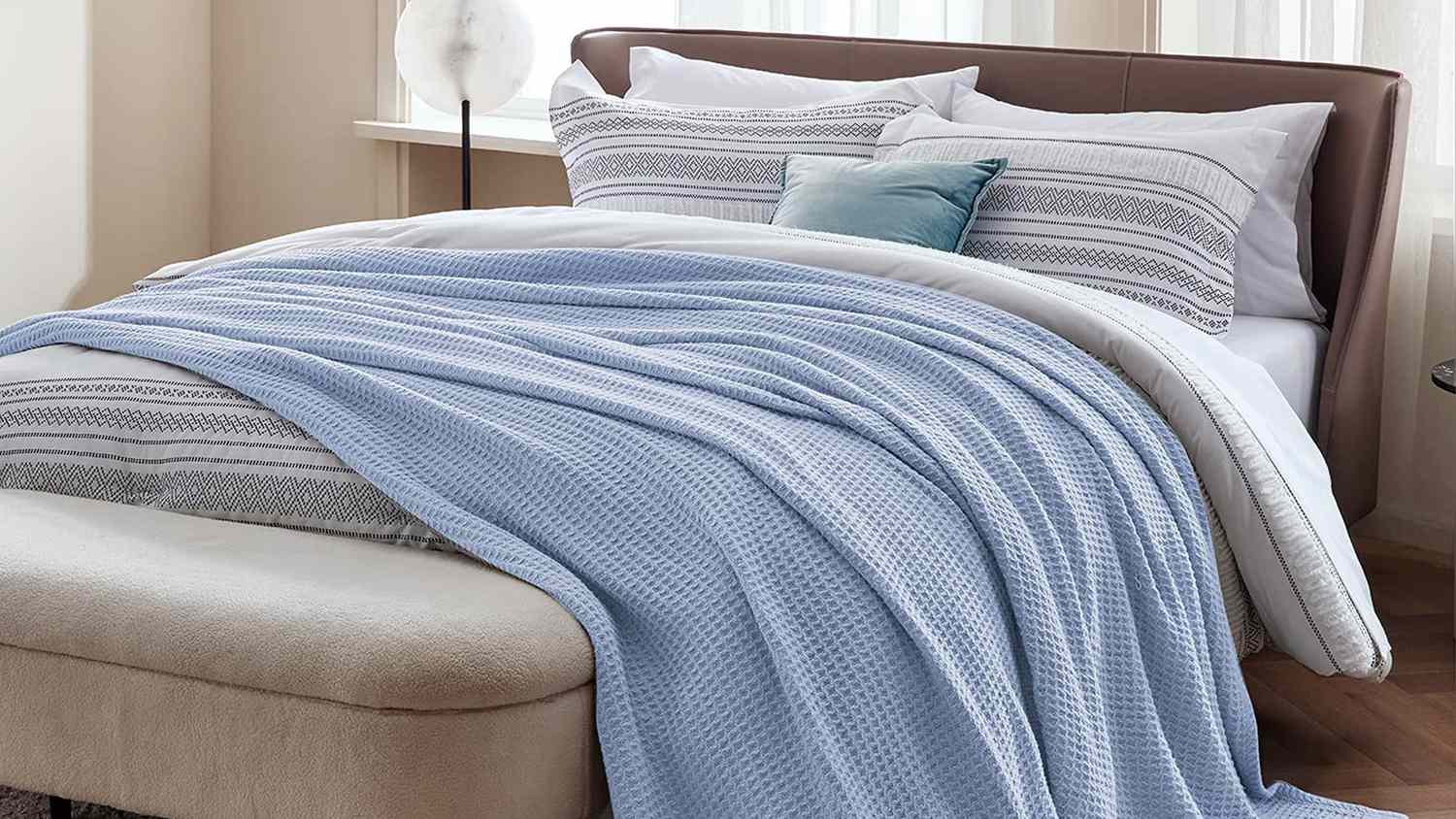
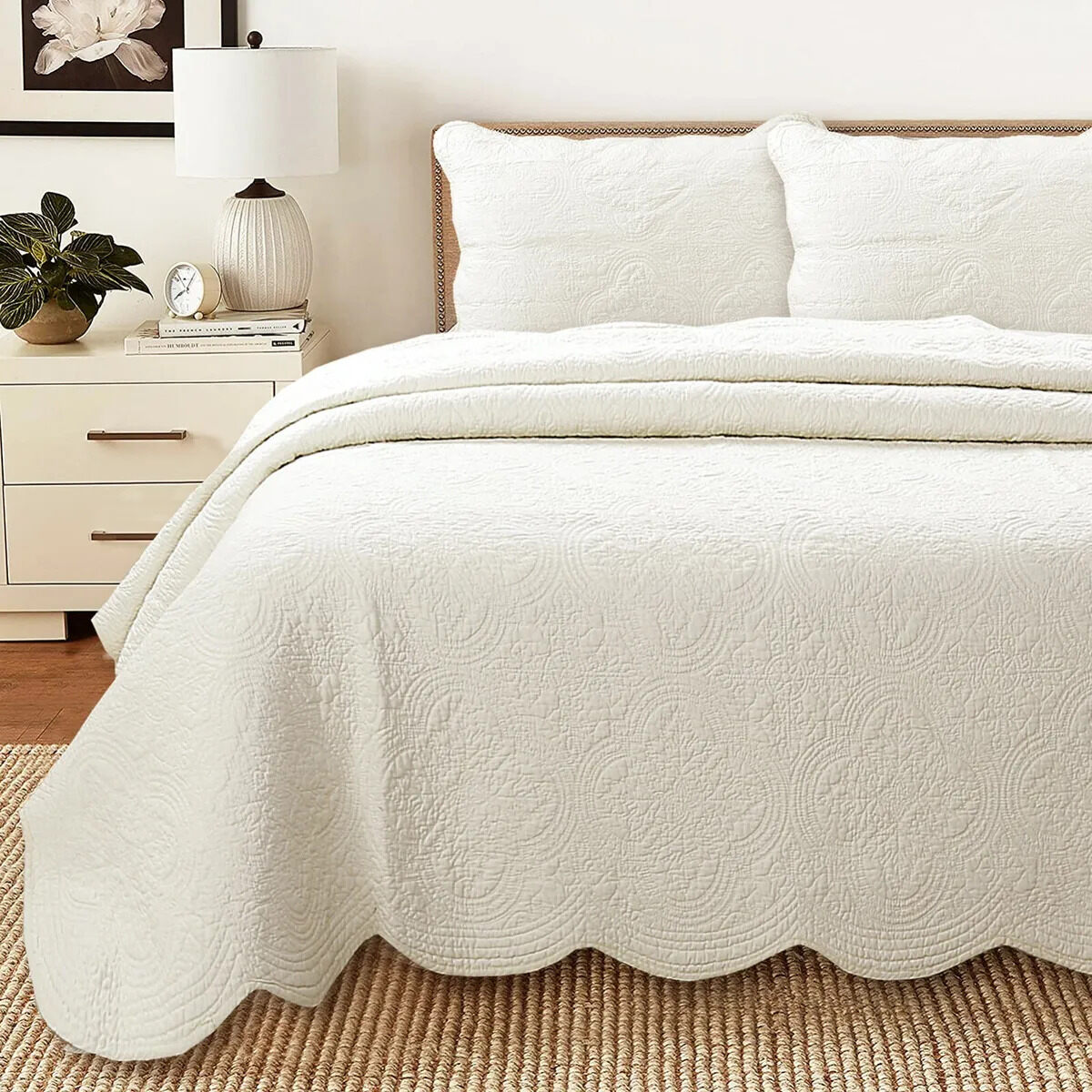
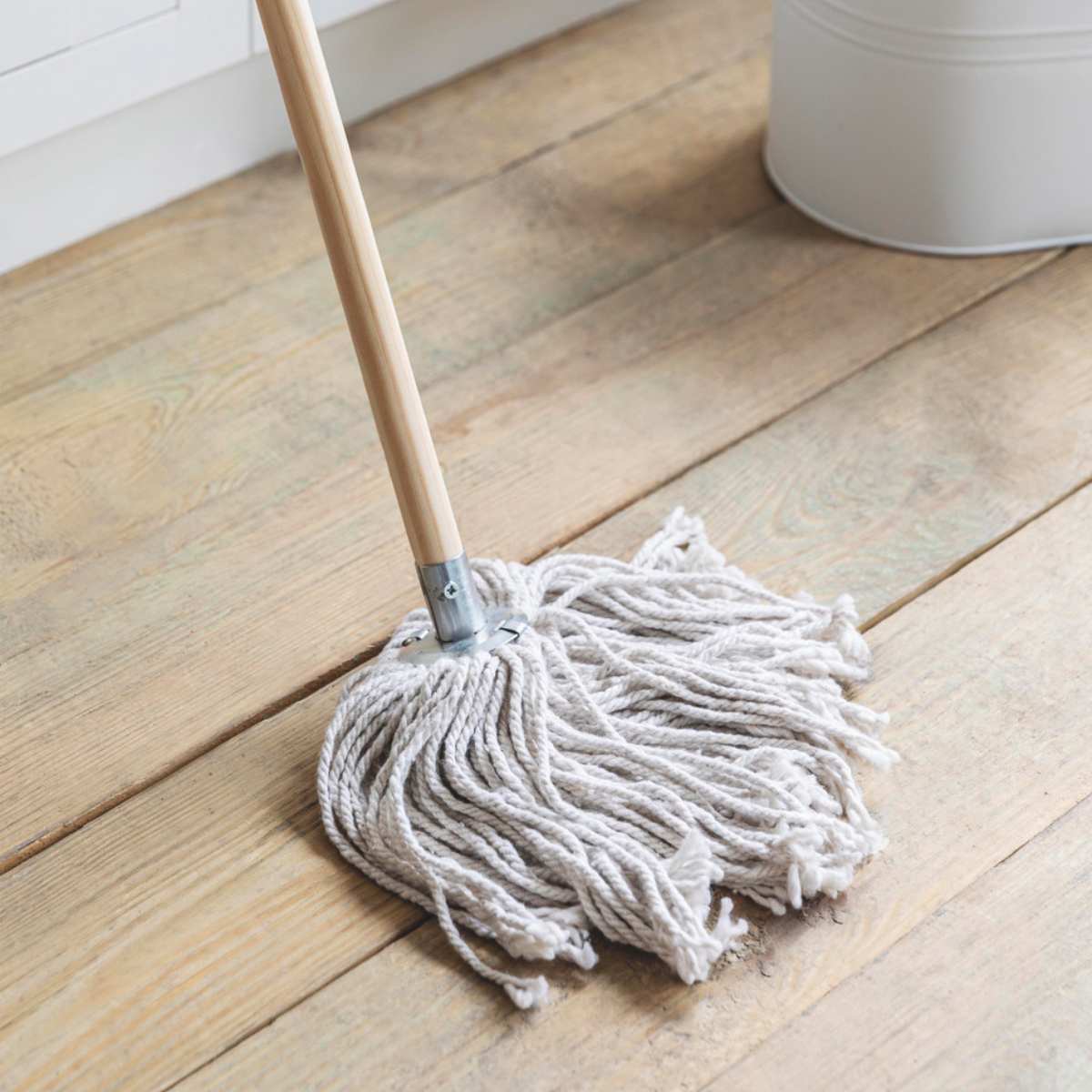
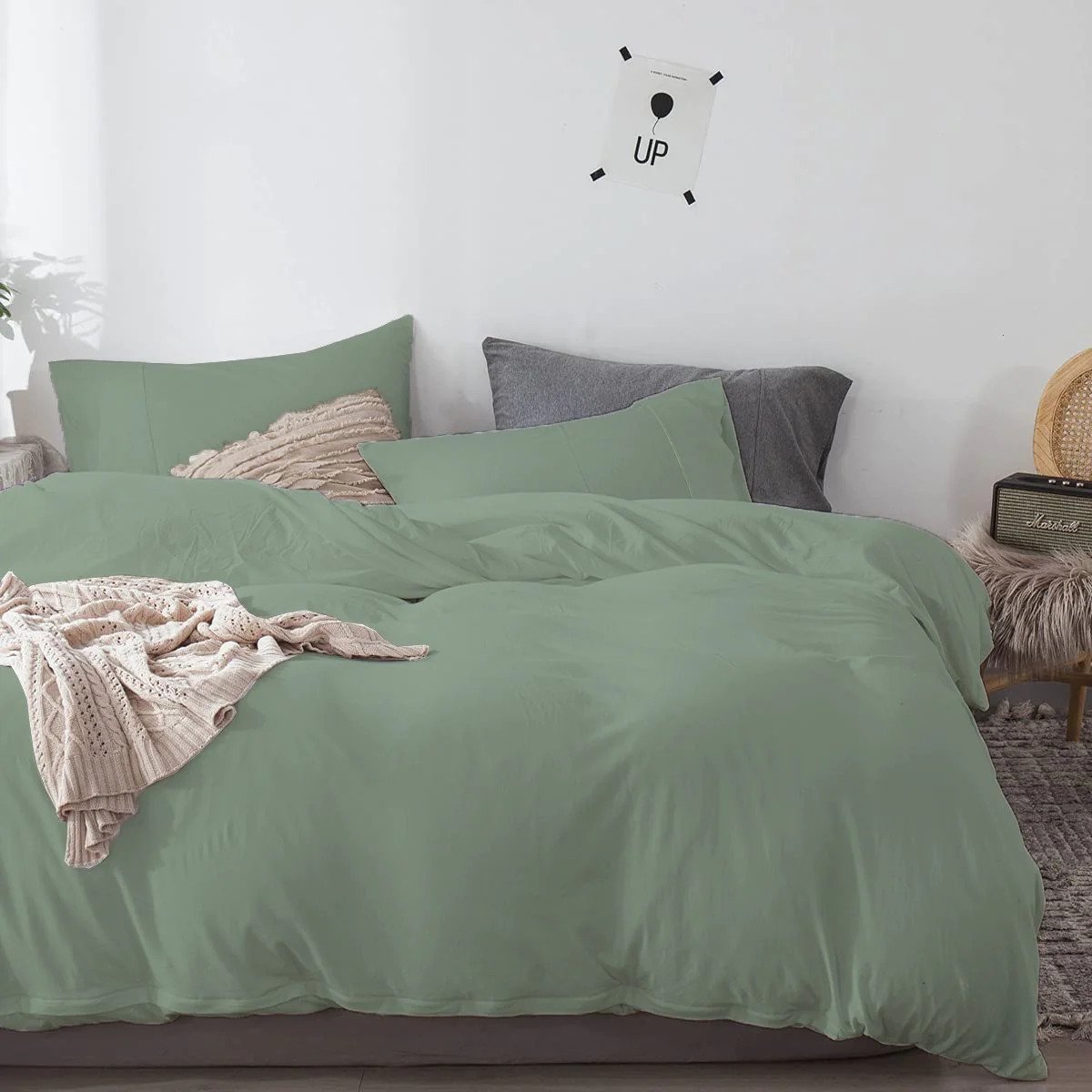
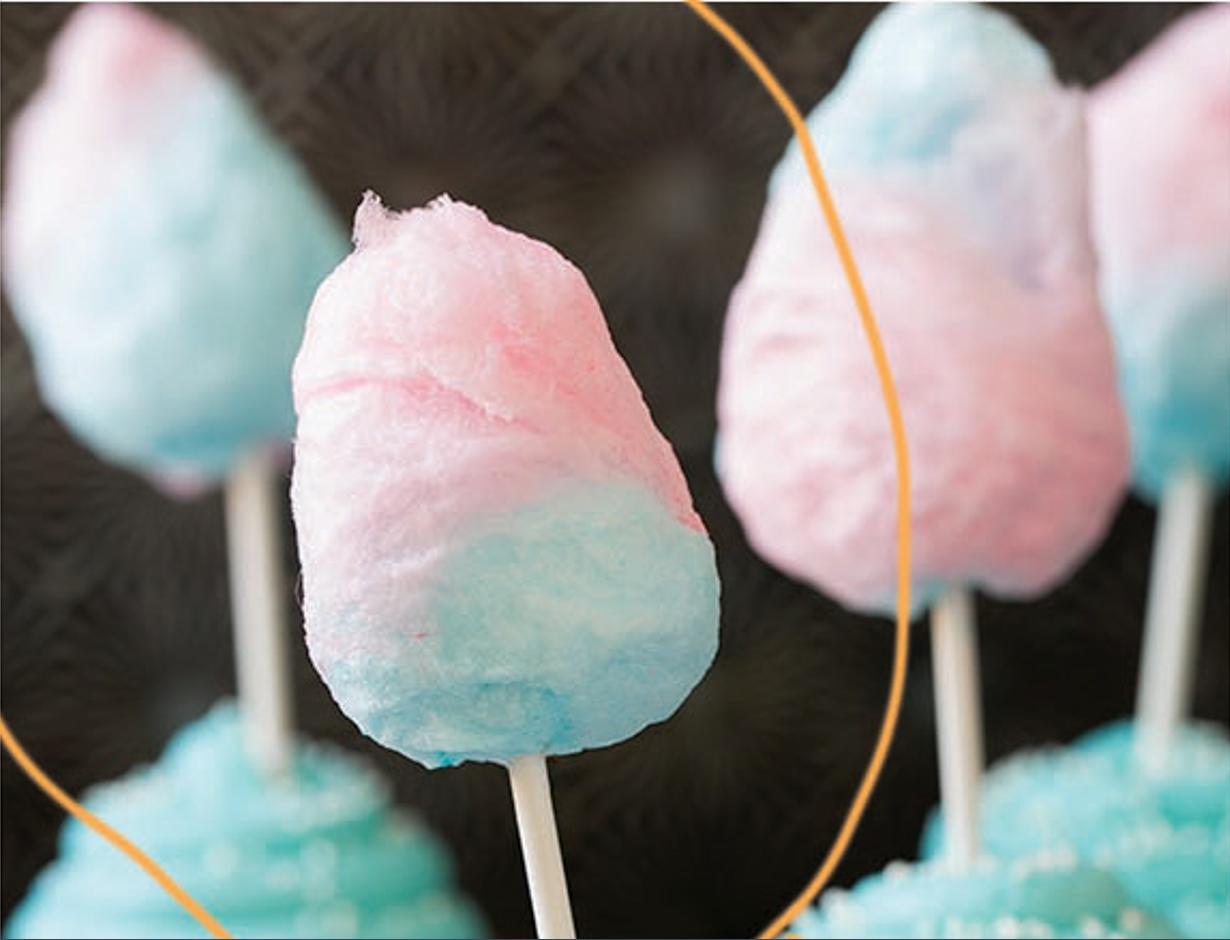
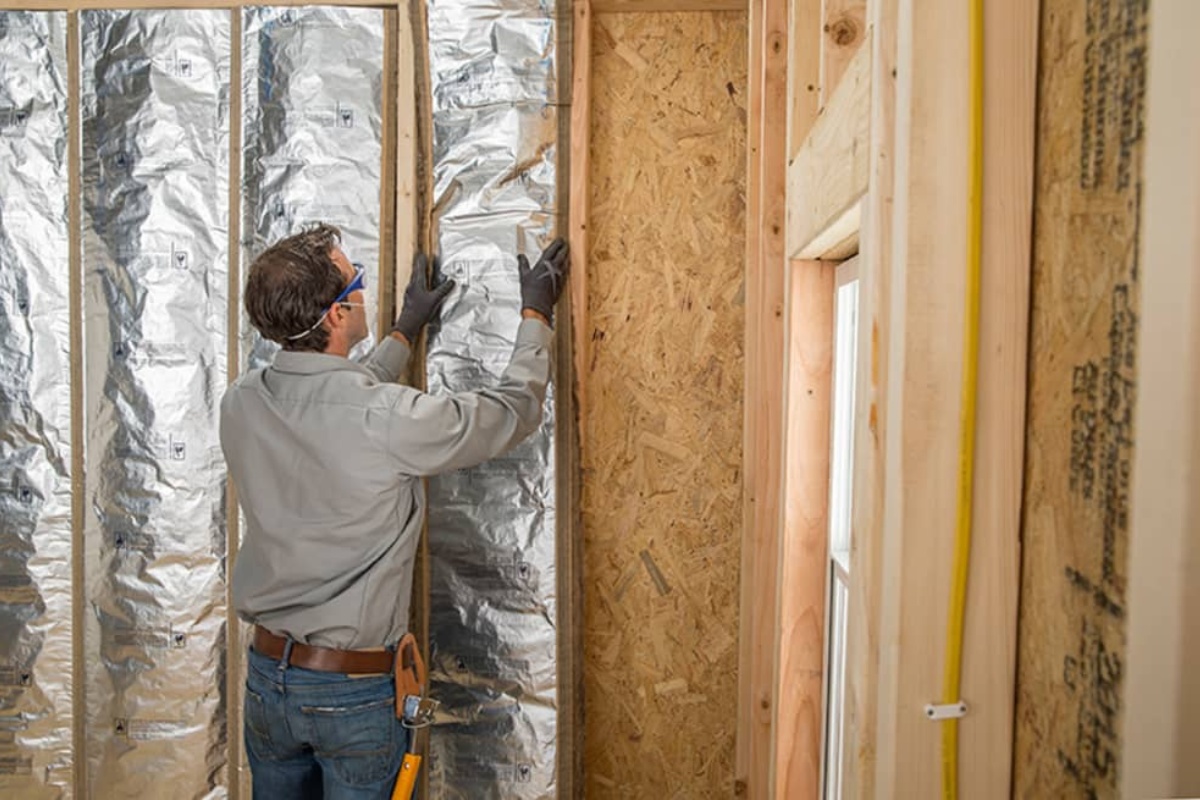

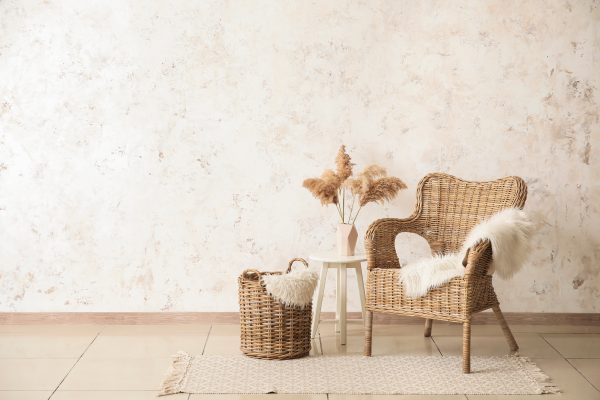

0 thoughts on “Linen vs Cotton: Which Make Better Sheets?”